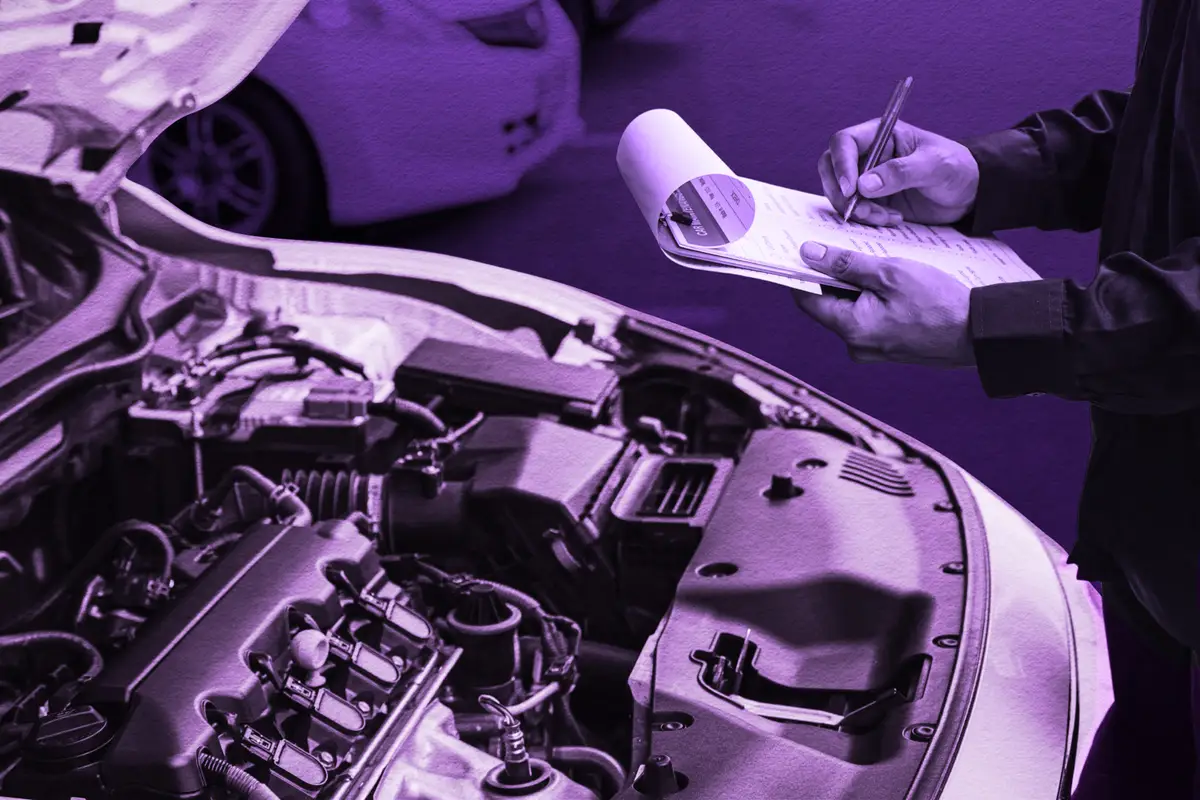washingtonpost.com's view
SAN FRANCISCO
The automobile industry is a study in contrasts.
We have, for example, the 2008 Lamborghini Reventon, a $1.45 million super-luxury sports coupe that is as much art as it is machine, that exists for no reason other than that there are rich people desirous of the fastest, most powerful, legally sanctioned motorcar available.
We also have the “class neutral” 2008 Smart Fortwo, a tiny but sturdy, front-wheel-drive fuel sipper that conceivably could temper America’s perplexing lust for large, consumptive cars and trucks.
The American version of the Fortwo, the offspring of the Fortwo city car launched in Europe in 1998, goes on sale in the United States in January at a starting price of $11,590. It is considered “class neutral” because of its expected universal appeal — to people rich enough to buy the Lamborghini Reventon as well as to those who are pinching pennies to purchase their first automobile.
How is that possible?
Think of the opposing poles as existing at the ends of an imaginary line. They are connected by that line, although they appear to have nothing in common. Conventional wisdom says that they will never meet. But conventional wisdom, as applied to the Smart Fortwo, is wrong.
Why? The little car is funky enough, wild enough, appealing and functional enough to bend the line between the polar opposites, thus turning what appears to be eternally opposing linearity into a circle in which the Reventon and the Fortwo connect to form a union.
The reality is that no one paying $1.45 million for a Reventon, reviewed in today’s On Wheels column, is crazy enough to use that car as a daily driver. An owner will pamper it — keep it safe from the madness of daily commutes.
But by the same reasoning, the Reventon buyer is not likely to settle for ordinary fare in pursuit of a practical, fuel-efficient automobile. That buyer’s mindset is geared to funk, to something unmistakably different from everything else. Automotive quirkiness attracts instead of repels the Reventon buyer.
Certainly, the one-liter, 70-horsepower gasoline-fed Fortwo is quirky by American standards. Originally designed in Mercedes-Benz USA styling studios in Irvine, Calif., it is California-odd, a characteristic that ironically made it European-acceptable when it was introduced in 1998. An estimated 770,000 Smart Fortwo models have been sold worldwide, mostly overseas, since its birth.
Now, the short-butt, bug-eyed Fortwo comes to the United States in a slightly larger package, yet still imbued with the same funk that made it popular overseas.
Consider, for example, the Smart Fortwo’s automated manual transmission, the same type of transmission found on the Lamborghini Reventon. It is an electronically controlled manual that works without the need to depress a clutch. As in the Reventon, paddle shifters beneath the steering wheel operate the forward gears in the Fortwo.
Americans accustomed to smooth and easy automatic shifting, which is often more fuel consumptive and quite boring, will not like working an automated manual, which tends to launch the car from gear to gear, rendering the feeling of being in a racing machine. But Americans who love to dance, who love the rhythm of life, the synchronous anticipation of the next move, will absolutely love it.
Just as no one buys the Lamborghini Reventon for fuel efficiency, not many people will be wowed by the mileage numbers of the little Fortwo, which are 33 miles per gallon in the city and 40 mpg on the highway under the Environmental Protection Agency’s revised (for 2008), tougher mileage testing rules.
Those are decent numbers. But the real kick for the Fortwo is in its absolutely delightful ease of use. You can park it in the tightest spots and not worry about dents, thanks to its dent-resistant polypropylene panels. It is so small and zippy, it escapes most crash situations. And should it become involved in a smash-up, its patented “tridion safety cell” — think of a race car roll cage — in combination with side and head air bags helps to provide maximum protection to passengers.
How safe? In 10 years of running on often dangerous European roads, the Fortwo has the lowest accident rate of all other cars running — low enough, for example, to earn the lowest insurance rates in Germany.
Those are the kinds of things that attract buyers’ attention, regardless of class, ethnicity or income. In fact I expect the Fortwo to become America’s favorite “cover-up car.”
Again, consider the buyer of the Lamborghini Reventon. He or she loves exceedingly rare and fine automobiles in much the same way that he or she admires and buys expensive art. But that kind of art is something you keep in your home. It isn’t something you keep on public display, for fear of harm to or theft of the treasured art piece, as well as fear of public opprobrium for ostentatious wealth.
In terms of automobiles, the rich among us can avoid all of that nastiness without sacrificing the rock-star status that many of them privately and publicly seek. They can buy a Smart Fortwo and garner smiles with miles. And then, when nobody’s looking, they can speed off in their Lamborghini Reventon to destinations such as Pebble Beach and Monterey where such cars are revered.
Latest news



